Workwear is an investment—whether you’re in construction, healthcare, hospitality, or any industry requiring specialised clothing. Quality work attire isn’t cheap, but with proper care, you can significantly extend its lifespan, saving money while maintaining a professional appearance.
Totally Branded has its own workwear line, so we created a guide that covers essential practices to help you keep your workwear looking great and functioning properly for as long as possible.
Read and Follow Care Labels
The most crucial maintenance tip seems obvious but is often overlooked: follow the manufacturer’s instructions.
- Check the labels: Each garment has specific washing, drying, and ironing instructions designed to preserve its materials and construction.
- Keep a reference: If tags become illegible over time, photograph them when new or keep notes of care requirements.
- When in doubt: Default to gentler washing methods—cold water, mild detergent, and air drying rarely harm workwear.
Proper Washing Techniques
Depending on the industry and type of workwear, it will require a different approach to cleaning:
Heavy-duty workwear (Construction, Outdoor Work)
- Pre-treat stains immediately: Oil, grease, and dirt become harder to remove when set.
- Turn garments inside out: This protects the outer surface from abrasion during washing.
- Use appropriate detergents: For heavily soiled items, use detergents designed for work clothes that target grease and tough stains.
- Wash similar items together: Heavy canvas pants can damage lighter shirts but are separated by fabric weight.
Professional Attire (Office Wear, Uniforms)
- Wash less frequently: Many professional garments need cleaning less often than you might think and over washing accelerates fabric breakdown.
- Consider dry cleaning alternatives: Spot cleaning and steaming can reduce dry cleaning frequency for suits and blazers.
- Button shirts and zip pants: try to prevent snagging by washing them inside out.
Specialised Workwear (Medical, Food Service)
- Sanitise appropriately: Some industries require antimicrobial treatment, so use appropriate sanitising detergents.
- Remove all contaminants: Thoroughly rinse any chemicals or biological materials before washing.
- Separate from household laundry: This is especially important for healthcare and food service garments.
Drying Best Practices
How you dry your workwear is equally crucial to how you wash it:
- Air dry when possible: Hang or lay flat to dry to prevent shrinkage and fabric stress.
- Use lower heat settings: If machine drying is necessary, use the lowest appropriate temperature.
- Remove promptly: Don’t leave workwear in the dryer to wrinkle—remove while slightly damp for easier ironing.
- Consider a drying rack: Invest in a sturdy rack for work clothes.
Storage Solutions
Proper storage between wears is often overlooked:
- Allow ventilation: Ensure workwear is completely dry before storing to prevent mildew.
- Use appropriate hangers: Heavy items need sturdy hangers to maintain their shape.
- Don’t overcrowd closets: Compressed clothing wrinkles more easily and can develop permanent creases.
- Seasonal rotation: Store off-season workwear properly—clean, folded, and in breathable containers.
Repair and Maintenance
Minor issues can quickly become unwearable garments if not addressed:
- Learn basic mending: Simple skills like sewing on buttons or repairing small tears can extend garment life.
- Reinforce stress points: Add stitching to areas that show early signs of wear (elbows, knees, pockets).
- Address issues immediately: If ignored, a small tear becomes a large hole—fix problems when first noticed.
- Professional repairs: Professional tailoring can be worth the investment for quality workwear for more complex issues.
Special Considerations by Material
Different fabrics require specialised care:
Cotton and Canvas
- It gets softer with wear but can shrink.
- Benefits from pre-washing new items
- Spot-treat stains before washing.
Synthetics and Blends
- Often more durable but can retain odours.
- Wash in cooler water to prevent static.
- Avoid fabric softeners that reduce the fabric's moisture-wicking properties.
Denim and Heavy Twill
- Wash inside out to preserve colour.
- Wash less frequently—spot clean when possible.
- Avoid high heat, which breaks down fibres.
Extending Workwear Life Through Rotation
Perhaps the most effective strategy for longevity:
- Invest in multiples: Having 3-5 workwear sets allows proper rotation.
- Alternate daily: Never wear the same item two days in a row to allow recovery time.
- Track wear patterns: Notice which items wear out first and adjust your purchasing or care routine accordingly.
- Have a good set: Depending on your industry, such as construction, you might want to save a set of workwear for ‘good.’ For example, if you are going to meet new clients.
Taking care of your workwear isn’t just about appearance—it’s a practical financial decision. Quality work clothes are designed to last but need proper maintenance to reach their potential lifespan. By implementing these care techniques, you’ll look more professional and reduce your clothing budget over time. Remember that different industries and materials have specific needs, so adapt these guidelines to your workwear requirements.
At Totally Branded, we provide workwear designed for durability and comfort. You can take a look at our huge selection of workwear here.
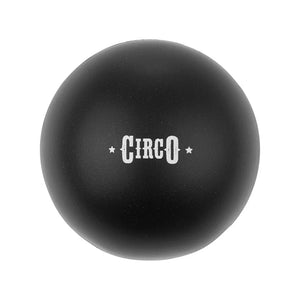
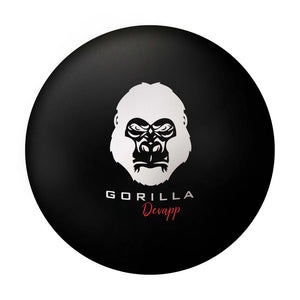

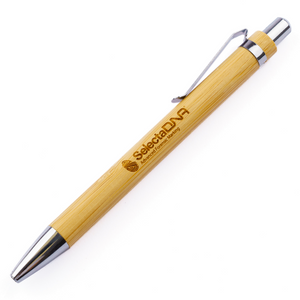
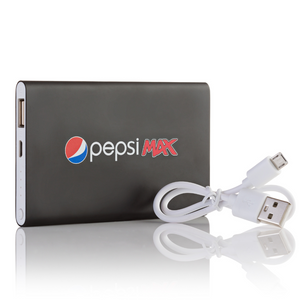

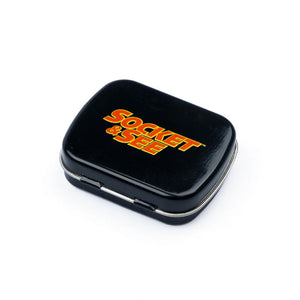
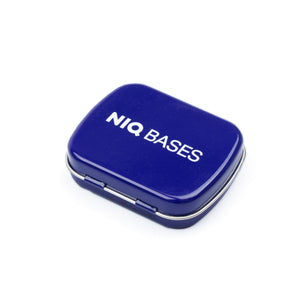




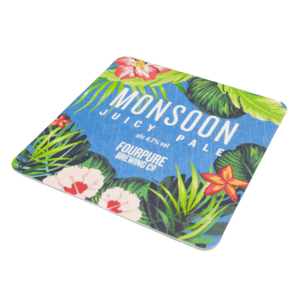
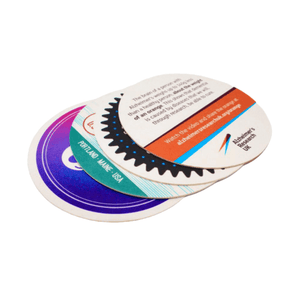

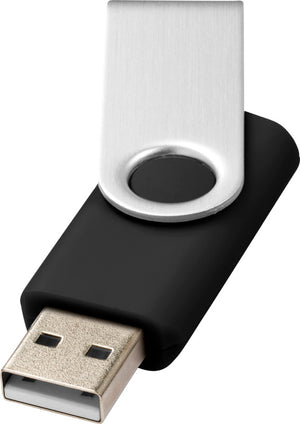

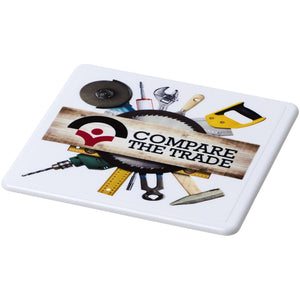

 by Totally Branded
by Totally Branded